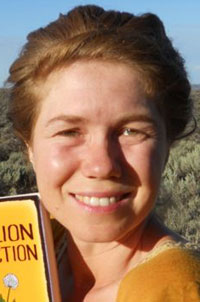By Rivera Sun
Learn how political non-violence can rehumanize us to one another and defend democracy in the U.S. and around the world.
After the shooting at former President Trump’s campaign rally, many people rushed to say that “political violence has no place in our democracy.”
Let’s go even further and boldly say: political nonviolence is essential for democracy.
The ties between nonviolence and democracy run deep. We know from the groundbreaking research of Erica Chenoweth and Maria J. Stephan that even if a nonviolent movement fails to achieve its primary goals, it often leaves a more democratic society in its wake. On the other hand, violence swiftly destroys democracies, shoving them toward authoritarianism and “politics at the barrel of a gun.”
Political violence has a terrible track record. It has spent centuries delivering and defending injustice, abuse, discrimination and destruction.
So, what should we do instead? Boldly and with vision, we should be building a culture of active nonviolence, including defining and implementing new standards of political nonviolence.
For 11 years, Campaign Nonviolence has been working to mainstream nonviolence and build a culture that implements nonviolent values, solutions, worldview and approaches. We have persevered in this work even as political violence has heightened — because we already know that more violence and continued inaction will not get us out of this mess. We need a profoundly different approach.
If we want to have a politics where every voice feels safe and respected, where each citizen has a right to participate, and where no one will be harmed for their political beliefs, nonviolence needs to be both a state and an individual policy.
Amidst the George Floyd Protests in 2020, Vox editor Ezra Klein wrote an essay, “Imagining the nonviolent state,” asking the thought-provoking question: “What if nonviolence wasn’t an inhuman standard demanded of the powerless, but an ethic upon which we reimagined the state?” He goes on to explore new standards of policing, restorative justice and responding to protest movements.
In a world of political nonviolence, we’d see these kinds of changes:
